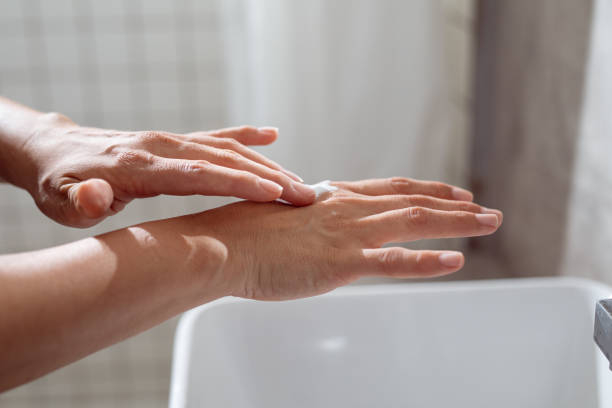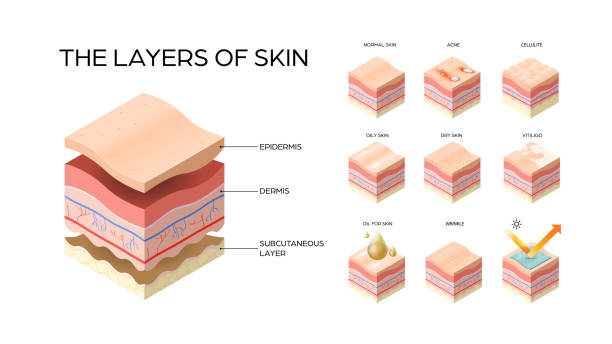How does my body use its skin to cool off?

Your skin is an extremely complicated organ, which is understandable given that it is the biggest in your body! Humans must maintain a specific amount of internal body temperature in order to be happy and healthy; on average, this is roughly 37°C. Your skin is made up of three layers: the epidermis, the dermis, and the hypodermis. When you get too hot, the first thing your body does is enlarge the blood capillaries in your dermis, enabling more blood to flow near the skin's surface. This generates heat by a mechanism called as radiation, which is similar to the heater in your bedroom rather than a nuclear power plant.
The human body cools itself via sweating through its three million sweat glands. Skin nerves alert the brain that your body is becoming heated, and the brain instructs the sweat glands to work hard. Each gland functions as a little pump, drawing water from adjacent capillaries and delivering it to the skin to chill it down. Sweat glands are like wells that tap into a vast ocean since up to 60% of the body is water. Sweat glands are classified into two types: eccrine glands and apocrine glands. The eccrine glands are especially built for cooling the body; during extreme activity or exercise, they may pump up to 2 quarts (1.9 liters) of water each hour.










